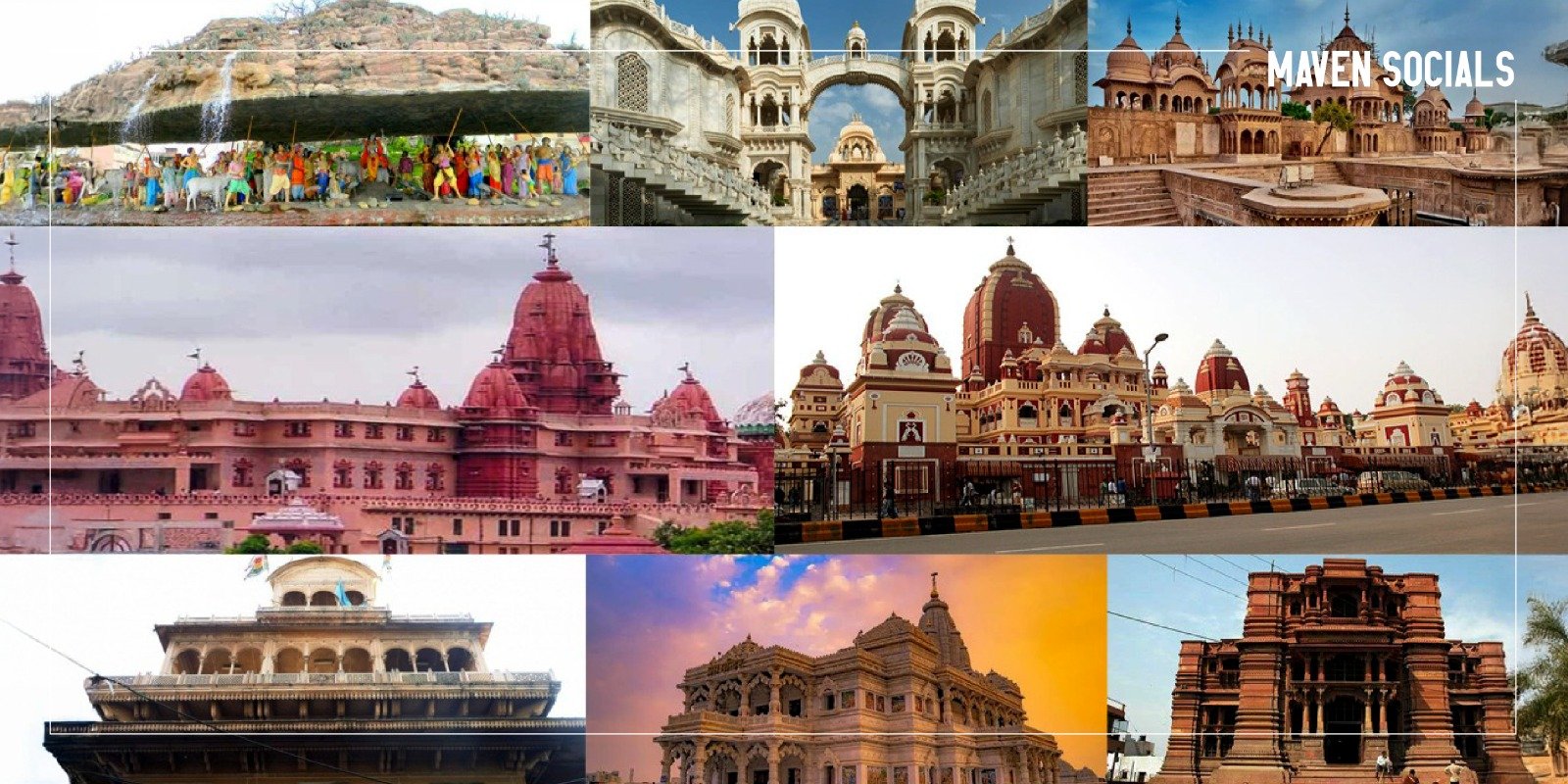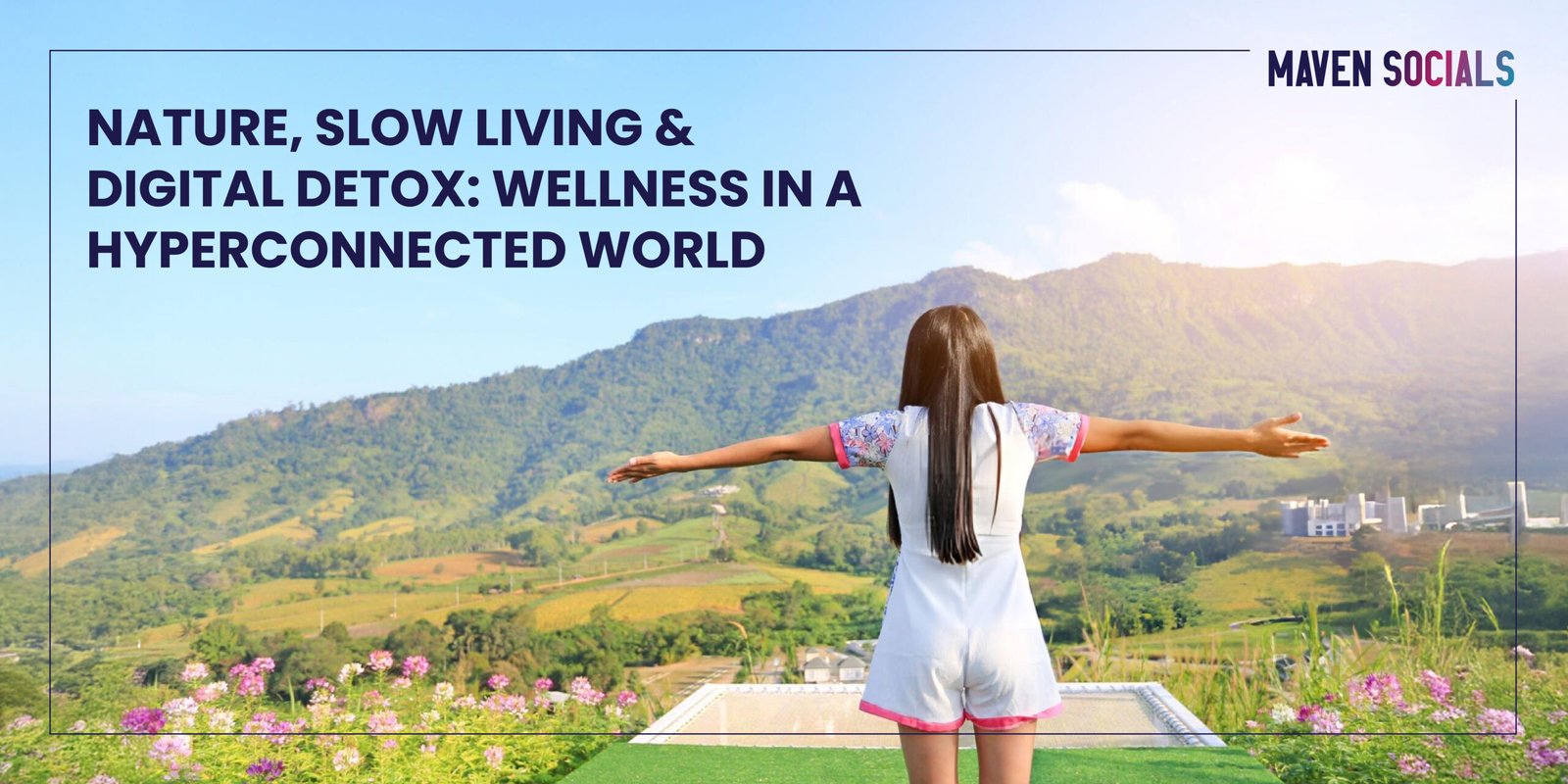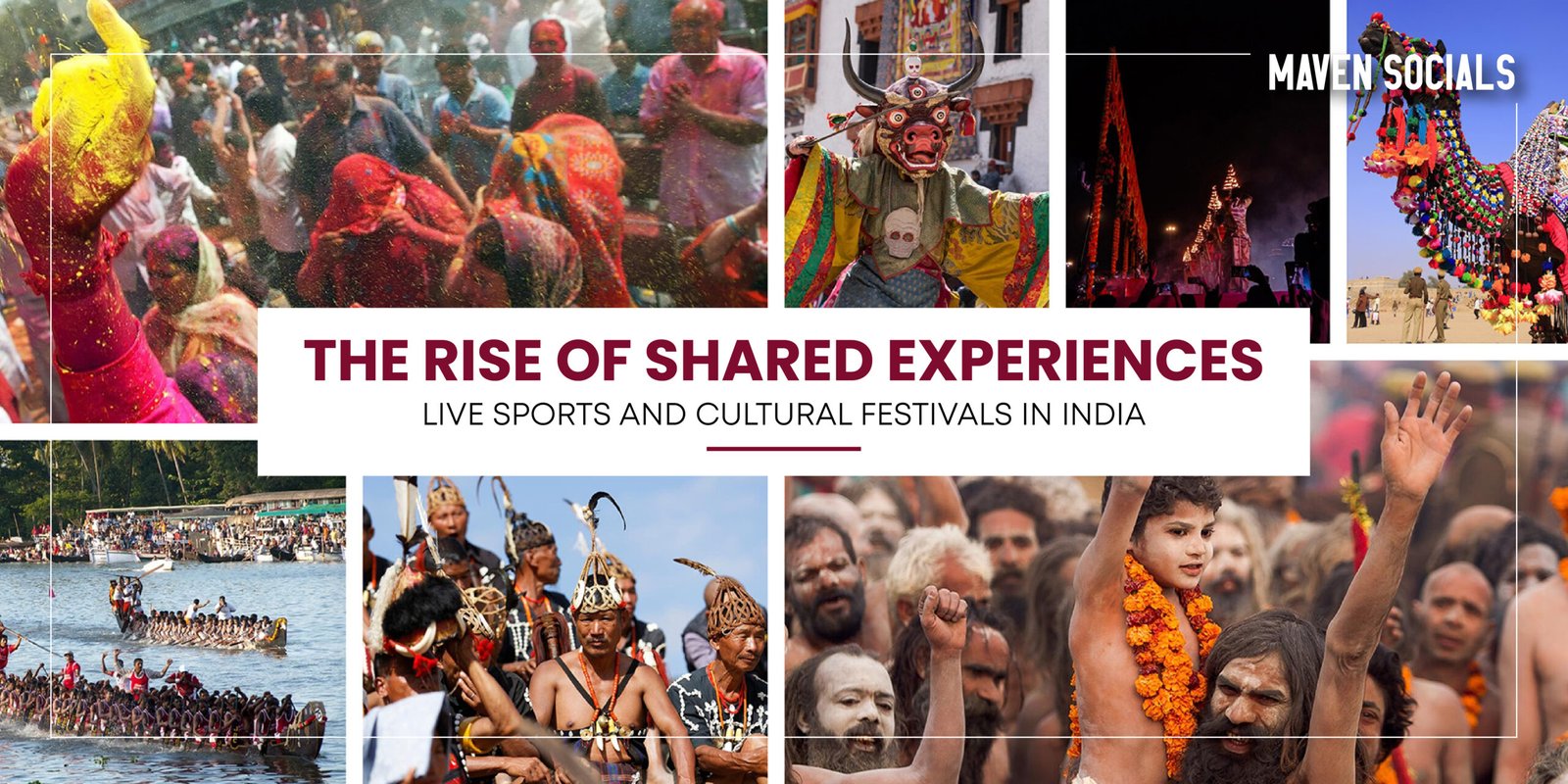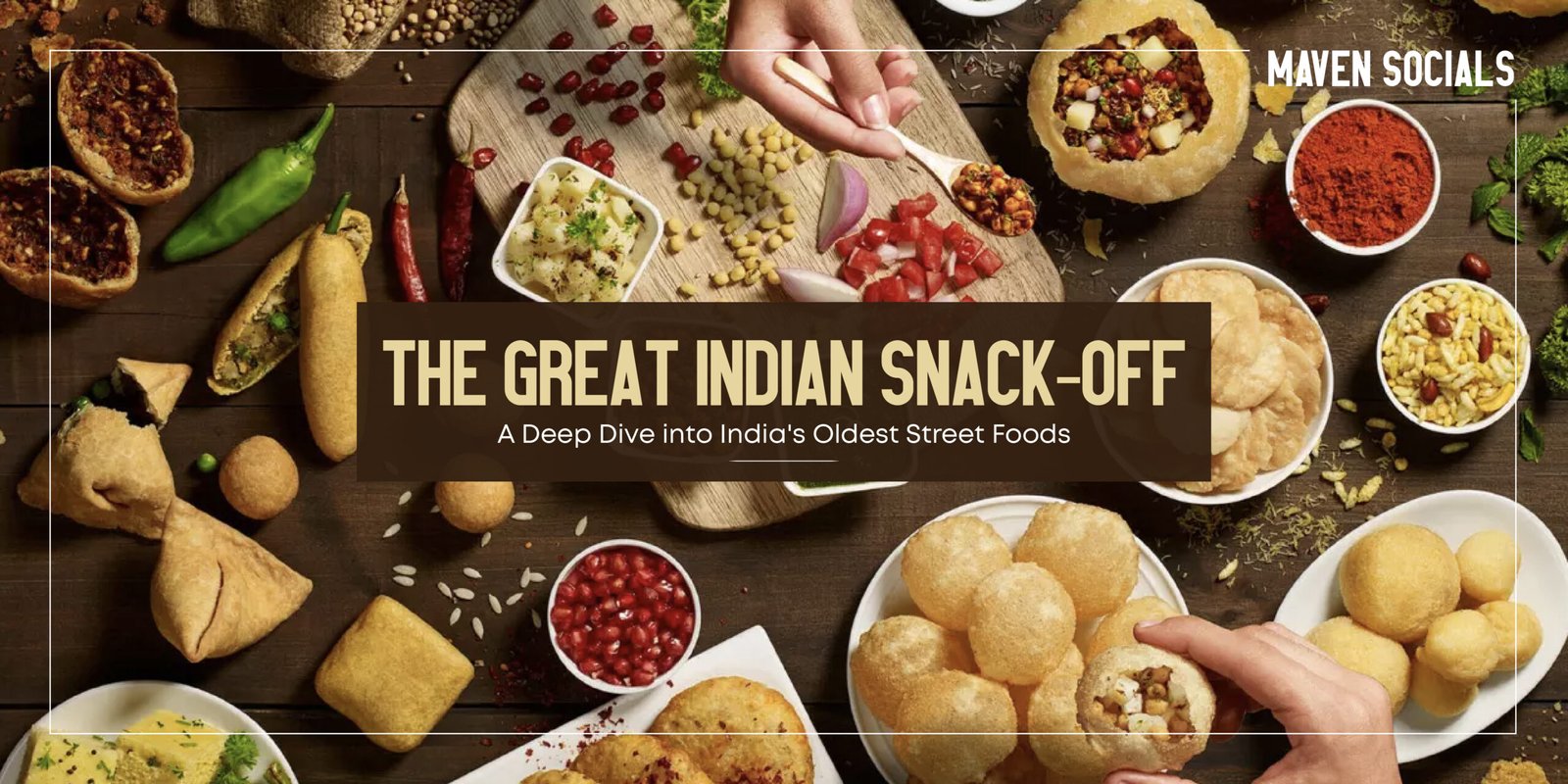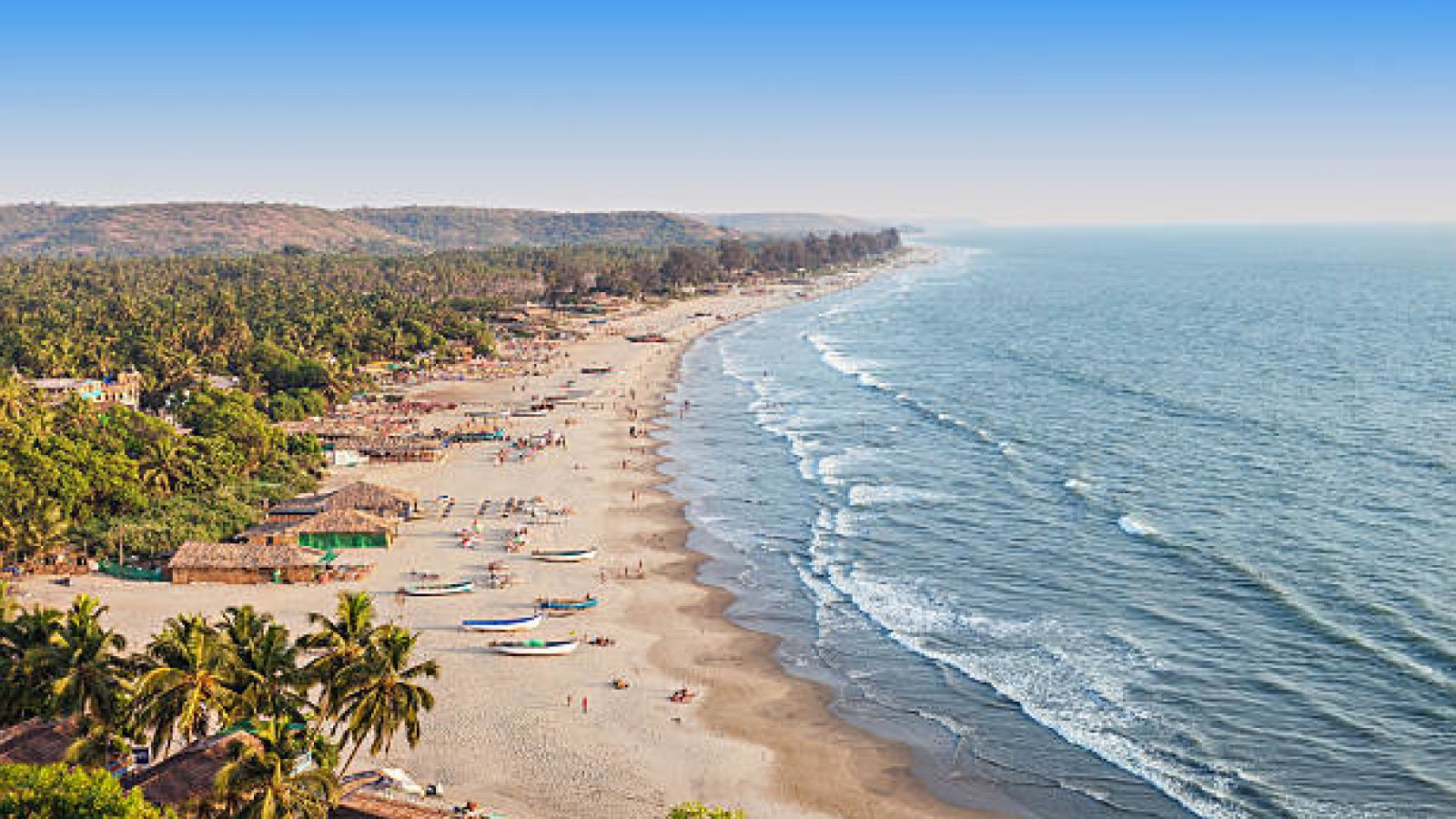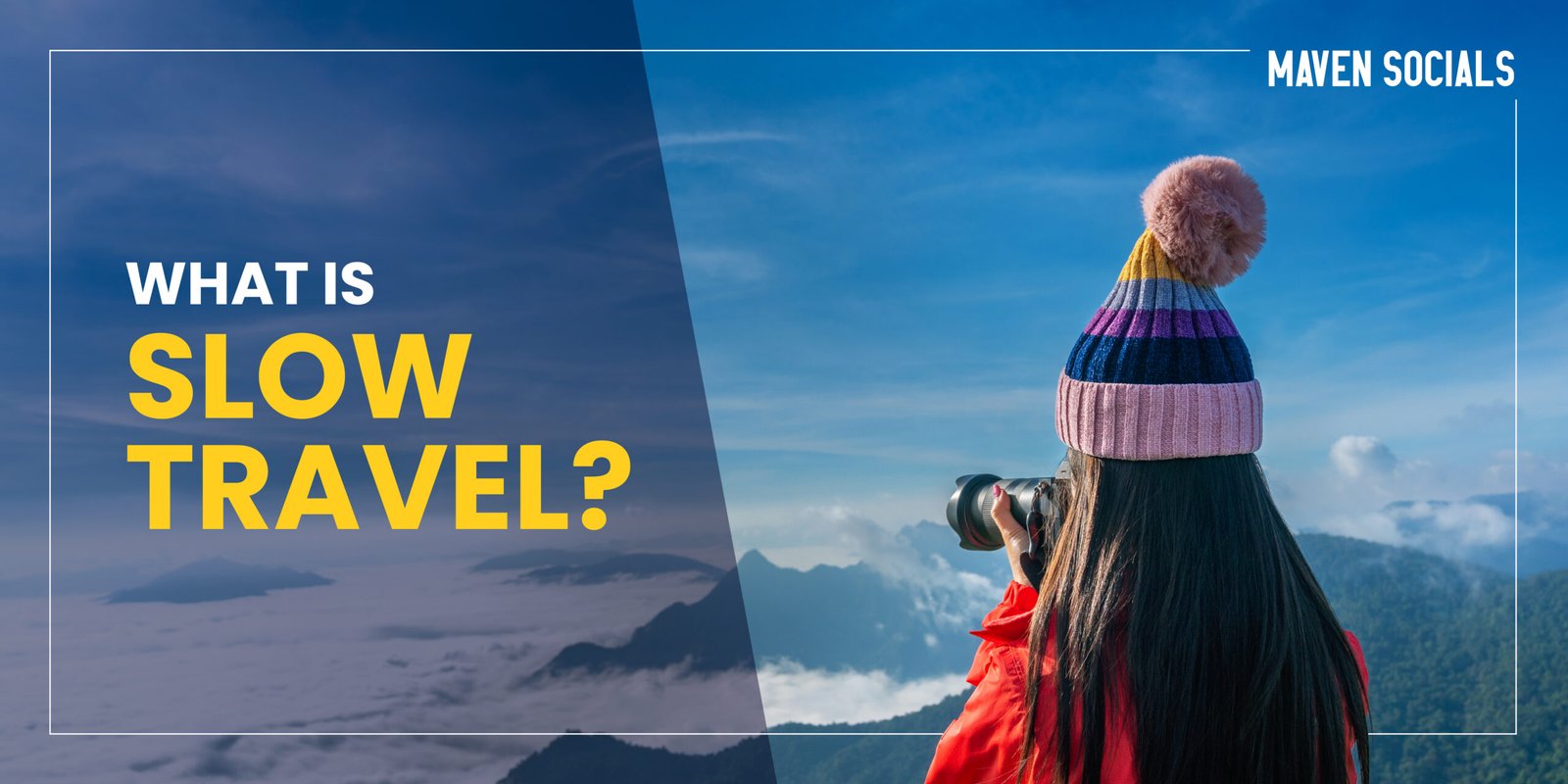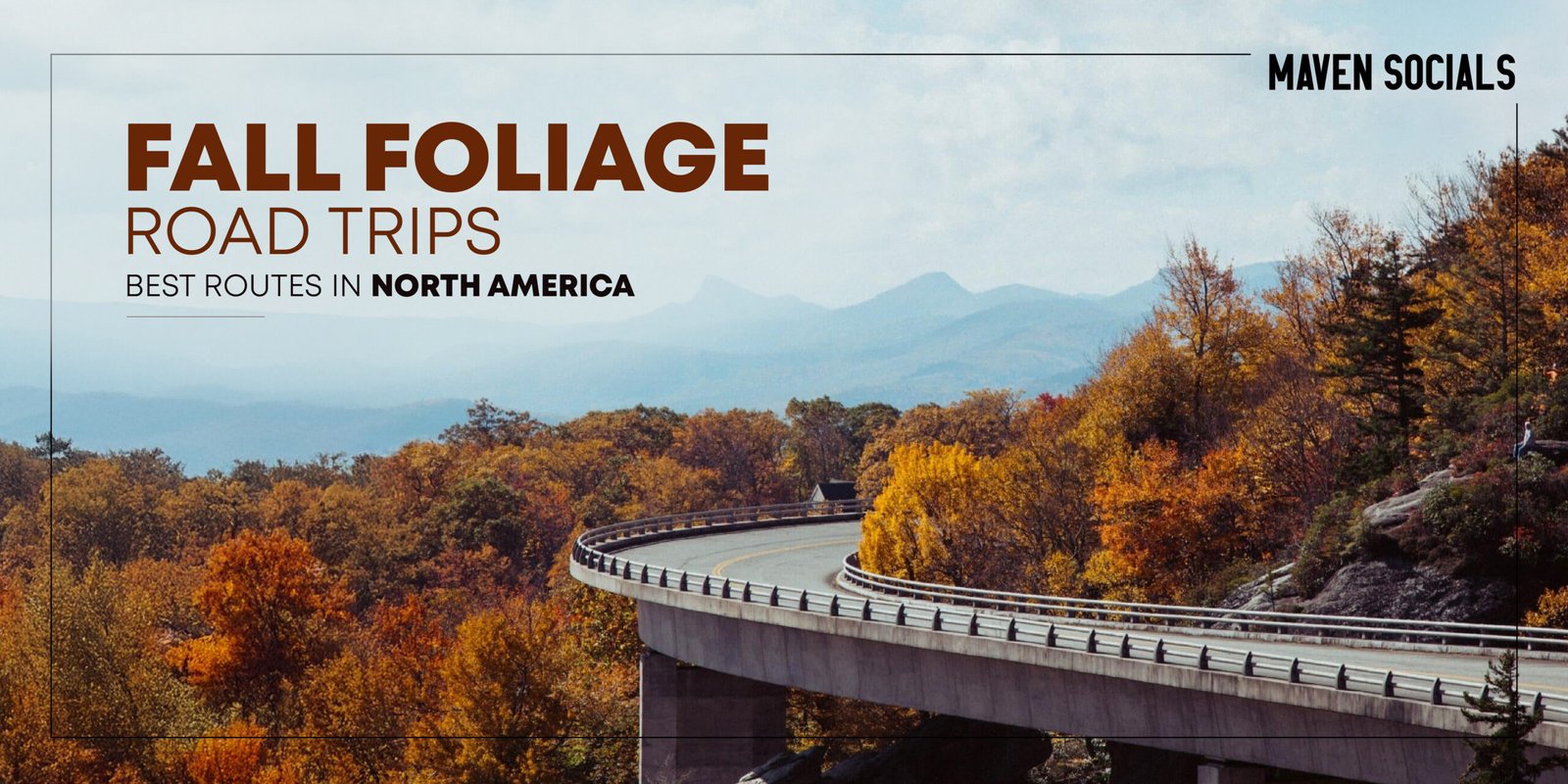In the heart of Uttar Pradesh, where the sacred Yamuna River meanders through ancient lands, lies a spiritual universe that comes alive with unparalleled devotion during Janmashtami. This Janmashtami travel experience transcends ordinary pilgrimage – it’s a journey into the very soul of India’s spiritual heritage, where every stone whispers the eternal love story of Lord Krishna.
Janmashtami, the celebration of Lord Krishna’s birth, transforms the twin cities of Mathura and Vrindavan into a divine theater where mythology meets reality. These sacred grounds, where Krishna was born and spent his childhood, become the epicenter of Krishna birth celebrations that draw millions of devotees from across the globe. The festival, falling on the eighth day of the dark fortnight in the month of Bhadrapada (usually August-September), marks not just a religious observance but a cultural phenomenon that showcases the essence of religious tourism India.
Vrindavan Janmashtami celebrations are legendary for their authenticity and spiritual intensity, while Mathura festivals offer a glimpse into traditions that have remained unchanged for centuries. Here, devotion isn’t just practiced – it’s lived, breathed, and celebrated with an enthusiasm that can transform even the most skeptical visitors into believers in the power of faith.
The significance of these twin cities goes beyond religious boundaries. Mathura, the birthplace of Krishna, and Vrindavan, where he spent his youth, represent the complete journey of the divine – from birth to the playful leelas (divine plays) that define Krishna’s earthly sojourn. During Janmashtami, these cities don’t just host a festival; they become living embodiments of devotion, where the boundary between the divine and mundane dissolves completely.
The Festivities: A Divine Spectacle Unfolds
The Janmashtami travel experience begins days before the actual celebration, as both cities undergo a magical transformation. Streets are decorated with marigolds and roses, temples are illuminated with thousands of diyas (oil lamps), and the air becomes thick with the fragrance of incense and the sound of bhajans (devotional songs).
Pre-Festival Preparations:
The celebrations traditionally begin with Sawan (monsoon month) when devotees start their spiritual journey through month-long fasting, meditation, and temple visits. Local artisans work tirelessly to create elaborate jhankis (tableaux) depicting scenes from Krishna’s life, while temple committees prepare for the influx of millions of pilgrims.
The Main Event – Krishna’s Birth Celebration:
The heart of Krishna birth celebrations occurs at midnight on Janmashtami, marking the exact moment of Lord Krishna’s birth over 5,000 years ago. The experience is nothing short of transcendental:
Midnight Celebrations at Mathura’s Shri Krishna Janmasthan:
At the exact birthplace of Krishna, devotees gather hours before midnight for the most authentic Mathura festivals experience. The temple resonates with Vedic chants, conch shells, and the collective prayers of thousands. At the stroke of midnight, the moment of Krishna’s birth is announced with the ringing of bells, blowing of conches, and showering of flowers. The deity is bathed in milk, honey, and ghee in a ritual called ‘Abhishek,’ followed by the offering of new clothes and ornaments.
Vrindavan’s Banke Bihari Temple:
The Vrindavan Janmashtami celebrations at Banke Bihari Temple are renowned for their emotional intensity. The temple’s unique tradition of brief darshan (glimpse) of the deity creates an atmosphere of eager anticipation. Devotees wait for hours to catch a glimpse of the beautifully decorated Krishna idol, and when the curtain finally opens, the collective gasp of thousands creates a moment of pure spiritual ecstasy.
Temple Processions and Rath Yatras:
Throughout the day, elaborate processions wind through the narrow lanes of both cities. Beautifully decorated chariots carry Krishna idols, accompanied by traditional music, dance, and thousands of devotees chanting “Hare Krishna.” The processions are a feast for the senses, with the fragrance of flowers, the sound of drums and cymbals, and the sight of devotees in traditional attire creating an unforgettable spectacle.
Dahi Handi Celebrations:
The playful aspect of Krishna’s personality is celebrated through Dahi Handi, where human pyramids are formed to break earthen pots filled with buttermilk, hung at great heights. This tradition, recreating Krishna’s childhood mischief of stealing butter, brings communities together in joyful celebration.
Special Rituals and Traditions:
- Jhulanotsav: Beautiful swings are set up in temples where Krishna idols are placed and gently swayed while devotees sing lullabies
- Raas Leela Performances: Traditional dance dramas depicting Krishna’s divine love story with Radha and the gopis (cowherd girls)
- Annakut: A mountain of food offerings presented to Krishna, representing the Govardhan hill that Krishna lifted to protect the villagers
Places to Visit: Sacred Destinations of Divine Love
Mathura – The Holy Birthplace:
Shri Krishna Janmasthan Temple Complex:
This is ground zero for Krishna birth celebrations, built over the prison cell where Krishna was born. The temple complex houses the Kesava Deo Temple and the Garbha Griha (sanctum sanctorum) marking the exact birthplace. The experience of standing where divinity took human form is profoundly moving and represents the ultimate religious tourism India experience.
Dwarkadhish Temple:
Known for its architectural beauty and spiritual significance, this temple is famous for its elaborate aartis (prayer ceremonies) and the mesmerizing evening celebrations. The temple’s intricate carvings and the devotional atmosphere make it a must-visit during Mathura festivals.
Vishram Ghat:
This sacred ghat on the Yamuna River is where Krishna is believed to have rested after killing the demon Kansa. The evening aarti here is a spectacular sight, with hundreds of diyas floating on the river, creating a celestial atmosphere that embodies the essence of Janmashtami travel.
Government Museum Mathura:
Houses an impressive collection of Mathura School sculptures, including rare artifacts related to Krishna’s life and the region’s Buddhist heritage, providing historical context to your spiritual journey.
Vrindavan – The Land of Eternal Love:
Banke Bihari Temple:
The most famous temple in Vrindavan, known for its unique customs and the playful deity who is said to move his eyes to bless devotees. The Vrindavan Janmashtami celebrations here are legendary for their emotional intensity and spiritual fervor.
ISKCON Temple (Krishna Balaram Mandir):
This modern temple complex offers a different but equally profound experience, with its well-organized programs, beautiful gardens, and international community of devotees. The temple’s multimedia presentations and cultural programs provide deeper insights into Krishna’s teachings.
Radha Raman Temple:
One of the most significant temples in Vrindavan, housing a self-manifested deity of Krishna. The temple’s 450-year-old traditions and the intimate atmosphere make it a favorite among serious devotees.
Nidhivan:
This mysterious garden is believed to be where Krishna performs his eternal Raas Leela every night. The grove has an otherworldly atmosphere, and local legends add to its mystique, making it essential for those seeking deeper spiritual experiences.
Seva Kunj and Radha Kund:
These sacred groves and holy ponds are associated with Krishna’s pastimes and are considered among the most spiritually potent places in Vrindavan. The serene environment provides perfect spots for meditation and reflection.
Cultural Hotspots:
Yamuna Ghats:
The ghats along the Yamuna River in both cities come alive during Janmashtami. Keshi Ghat in Vrindavan and Vishram Ghat in Mathura offer spectacular views of the river and serve as venues for cultural programs and spiritual gatherings.
Govardhan Hill:
Located 22 km from Mathura, this sacred hill is circumambulated by devotees during Janmashtami. The 21-km parikrama (circumambulation) is considered highly auspicious and offers insights into Krishna’s protective nature.
Local Food & Stays: Flavors of Devotion
Sacred Cuisine:
The food culture during Janmashtami travel is deeply intertwined with devotion and tradition. The concept of ‘prasadam’ (blessed food) elevates dining to a spiritual experience.
Must-Try Traditional Foods:
- Mathura ke Pede: These iconic sweets are not just desserts but symbols of the region’s cultural identity. Made with khoya (milk solids), sugar, and cardamom, these melt-in-your-mouth delicacies are offered to Krishna and then distributed as prasadam.
- Makhan Mishri: Fresh butter and rock sugar, representing Krishna’s favorite childhood treats. This simple combination carries deep spiritual significance and is a reminder of Krishna’s playful nature.
- Aloo Puri and Kachori: These hearty vegetarian dishes are staples during festivals, providing sustenance for pilgrims while maintaining the sanctity of the occasion.
- Lassi and Buttermilk: Cooling drinks that are essential during the hot festival days, often flavored with cardamom and served in earthen pots for an authentic experience.
- Kheer and Halwa: Traditional desserts prepared in large quantities during festivals, often distributed free to devotees as part of community service.
- Temple Prasadam: Each temple offers its unique prasadam, from the famous laddus of Banke Bihari Temple to the special offerings at ISKCON. These blessed foods are considered spiritually purifying and are integral to the Krishna birth celebrations experience.
Accommodation Options:
- Dharamshalas and Ashrams: For an authentic experience, stay in traditional dharamshalas (pilgrim rest houses) or ashrams that offer basic but clean accommodation at nominal charges. These places provide opportunities to interact with fellow pilgrims and participate in community prayers.
- ISKCON Guest House: Modern facilities with a spiritual atmosphere, offering comfortable rooms and vegetarian meals. The guest house organizes cultural programs and provides insights into Krishna consciousness philosophy.
- Heritage Hotels: Several heritage properties in both cities offer luxury accommodation while maintaining the cultural ambiance. These hotels often organize special programs during Mathura festivals.
- Government Tourist Accommodation: UP Tourism provides clean, affordable accommodation with basic amenities, ideal for budget-conscious travelers seeking comfortable stays during Vrindavan Janmashtami celebrations.
Travel Hacks:
- Book accommodation months in advance as both cities experience massive influx during Janmashtami
- Carry minimal luggage as crowds can be overwhelming
- Keep copies of important documents as originals might get lost in the crowd
- Use prepaid mobile recharge as networks get congested during peak times
- Carry cash as many local vendors don’t accept cards
- Stay hydrated and carry basic medications
- Plan your temple visits during off-peak hours when possible
Cultural Dos and Don’ts: Respectful Participation
Dress Code and Appearance:
Religious tourism India requires sensitivity to local customs and traditions. Appropriate dressing is not just about respect but also about feeling comfortable in the spiritual environment.
Recommended Attire:
- Wear modest, loose-fitting clothes that cover shoulders and knees
- White or light-colored cotton clothes are preferred and practical in the heat
- Avoid leather products as they are considered inappropriate in temples
- Carry a shawl or dupatta for added modesty when needed
- Comfortable walking shoes are essential, but be prepared to remove them at temple entrances
Temple Etiquette:
Before Entering:
- Remove shoes and socks before entering any temple premises
- Wash hands and feet when facilities are available
- Switch off mobile phones or keep them on silent mode
- Avoid carrying large bags or non-vegetarian food items
Inside the Temple:
- Maintain silence or speak in whispers
- Don’t point fingers at deities; use an open palm to show respect
- Avoid touching the deity or sacred objects unless permitted
- Photography may be restricted; always ask permission
- Participate in prayers respectfully, even if you don’t understand the language
During Festivals:
- Be patient with crowds and long waiting times
- Help maintain cleanliness by not littering
- Respect the queue system and don’t push or shove
- Avoid loud conversations or disruptive behavior
- Be mindful of local customs and follow the lead of regular devotees
Cultural Sensitivity:
Interaction with Locals:
- Greet people with “Radhe Radhe” (the traditional greeting in Vrindavan)
- Show respect to sadhus and religious figures
- Don’t interrupt religious ceremonies or prayers
- Be patient with language barriers; many locals speak Hindi and some English
- Appreciate the devotional atmosphere and participate genuinely
Food and Dining:
- Respect the vegetarian culture; no meat, fish, eggs, or alcohol
- Avoid onion and garlic in some strict religious contexts
- Accept prasadam with both hands and consume it respectfully
- Don’t waste food, especially prasadam
- Learn basic phrases like “Jai Shri Krishna” to show respect
Photography and Social Media:
- Ask permission before photographing people, especially sadhus
- Respect photography restrictions in temples
- Be mindful of your behavior when taking selfies in sacred spaces
- Share your experiences respectfully on social media
- Avoid using flash photography during religious ceremonies
Behavioral Guidelines:
- Show patience and understanding in crowded situations
- Help fellow pilgrims when possible
- Respect the emotional and spiritual nature of the celebrations
- Avoid criticism or negative comments about rituals or traditions
- Participate with an open heart and mind
Conclusion: A Transformative Journey of Faith
The Janmashtami travel experience in Vrindavan and Mathura transcends the boundaries of ordinary tourism. It’s a journey into the heart of India’s spiritual heritage, where ancient traditions come alive in the most authentic and powerful way possible. The Krishna birth celebrations here are not mere festivals but transformative experiences that can touch the deepest corners of your soul.
What makes Vrindavan Janmashtami and Mathura festivals truly special is their ability to create a bridge between the divine and the human, between the ancient and the contemporary. In these sacred cities, you don’t just observe devotion – you become part of it. The collective energy of millions of devotees, the centuries-old traditions, and the palpable sense of Krishna’s presence create an atmosphere that can transform skeptics into believers and deepen the faith of those already on the spiritual path.
The beauty of religious tourism India is exemplified in these celebrations, where spirituality is not confined to temples but spills onto streets, into homes, and into the hearts of everyone who participates. The inclusivity of these festivals, where people from all walks of life come together in celebration, represents the true spirit of Indian culture and the universal message of love that Krishna embodies.
For first-time visitors, the experience can be overwhelming – the crowds, the intensity of devotion, the sensory overload of sounds, sights, and smells. But within this apparent chaos lies a profound order, a spiritual rhythm that connects every participant to something greater than themselves. The midnight celebrations, the temple processions, the community meals, and the shared moments of devotion create memories that last a lifetime.
The culinary journey through traditional foods, the architectural marvels of ancient temples, the cultural performances, and the genuine warmth of the local people all contribute to making this more than just a religious pilgrimage. It’s a comprehensive cultural immersion that offers insights into India’s spiritual philosophy, artistic traditions, and community values.
Why Everyone Should Experience Janmashtami at Least Once:
This celebration offers something unique to every visitor. For the spiritually inclined, it’s a chance to deepen their understanding of devotion and experience the divine in its most accessible form. For cultural enthusiasts, it’s an opportunity to witness living traditions that have been preserved for millennia. For those seeking personal transformation, the intensity of the experience and the collective energy of devotion can provide profound insights and inner peace.
The lessons learned during Janmashtami travel extend far beyond the festival itself. The sense of community, the spirit of service, the joy found in simple pleasures, and the power of faith to unite people across all boundaries are universal values that can enrich anyone’s life.
Ready to embark on this soul-stirring journey? Start planning your Vrindavan Janmashtami experience today. Book your accommodations well in advance, prepare yourself mentally and physically for the crowds, and most importantly, approach the experience with an open heart and mind.
Whether you’re a devout follower of Krishna, a cultural explorer, or simply someone seeking a deeper understanding of India’s spiritual heritage, the Krishna birth celebrations in Mathura and Vrindavan promise to leave you transformed. Share this guide with fellow travelers, bookmark it for your spiritual journey, and prepare to be part of one of the world’s most authentic and powerful religious celebrations.
Which temple will you visit first during your Janmashtami pilgrimage? Share your plans and experiences as we collectively celebrate the birth of love, wisdom, and joy that Krishna represents.
Radhe Radhe! May your journey be filled with divine blessings and unforgettable memories.
